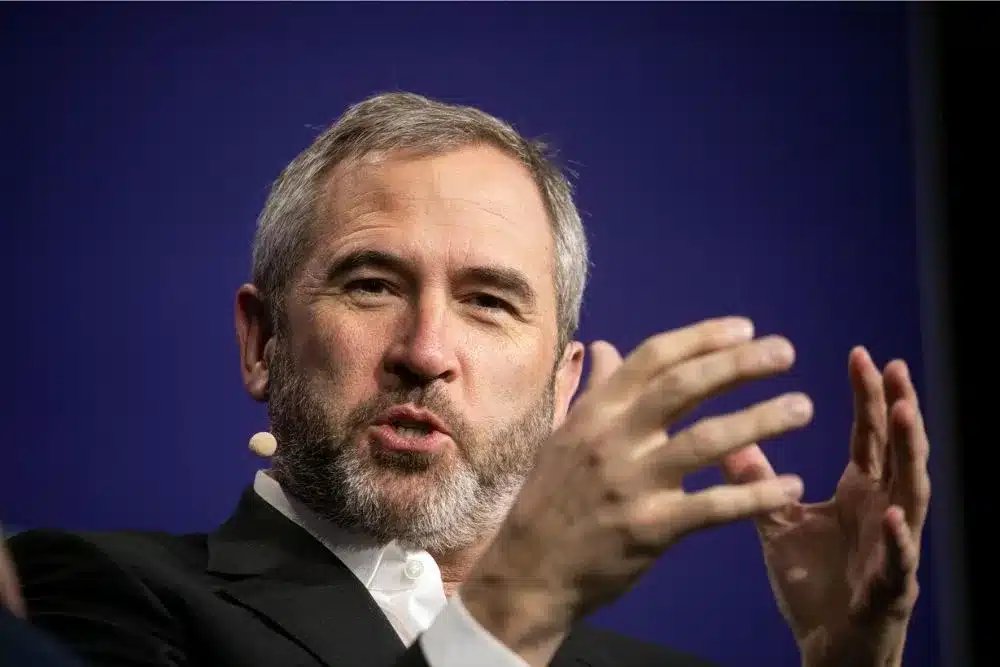UBS: If Trump's tariffs are overturned, the Fed may have an opportunity to cut interest rates amid fiscal pressure on the US.
PANews reported on November 6th that UBS analysis indicates that if the US Supreme Court rules Trump's tariff policies illegal, it is expected to force the US government to refund approximately $140 billion in tariffs to importers, equivalent to 7.9% of the estimated federal budget deficit for fiscal year 2025. If the US government loses the case, the massive tax refund will immediately trigger a fiscal shock and may lead to a structurally low-tariff trade environment. If trading partners do not retaliate, this environment will ultimately benefit the US economy and stock market. UBS estimates that the government is likely to use legal tools such as Sections 201 and 301 of the Trade Act of 1974 to rebuild tariff barriers, but this process will take several quarters and reduce trade policy flexibility. While the refunds will bring unexpected profits to importing companies, the impact on the overall market may be limited because tariff costs have not significantly lowered S&P 500 earnings expectations. UBS believes that the ruling may ultimately reduce the overall effective tariff rate, increase household purchasing power, alleviate inflationary pressures, and provide the Federal Reserve with more room for interest rate cuts. This will generally be welcomed by stock market investors, provided that trading partners avoid escalating retaliatory measures.
You May Also Like

Ripple CEO: “SWIFT Created a Monster by Pushing Us Out” – XRP Army Reacts

Central Bank of Ireland Fines Coinbase $24.6M for Anti-Money Laundering Failures
